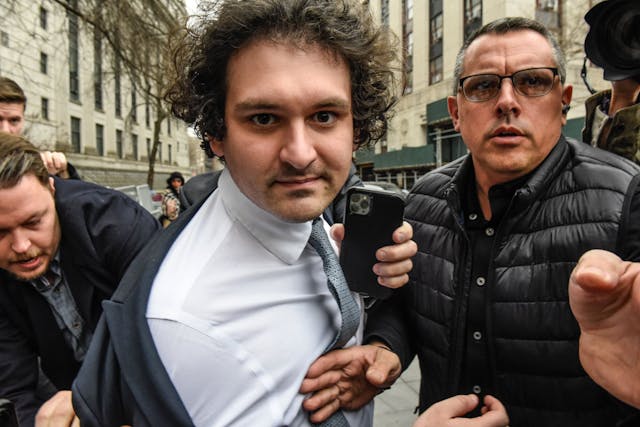
Sam Bankman-Fried Sentenced to 25 Years Jail
In a decisive turn of events that’s captured the attention of both the cryptocurrency world and the global financial community, Sam Bankman-Fried, the founder of the now-insolvent FTX[...]

Flying drones just became a little more complicated as new rules concerning their use were released to the public today. Those who use the drones purely as a hobby are now required to not fly within 30m of another person, ruling out any metropolitan area while certified drone users are prohibited from flying within 15m of people. These rules alone have become a nuisance for professional photographers as well as those involved in the collection of close-ups of media footage for public events.
Hobbyist pilots who fly must make sure that their drone is visible at all times while ensuring that they do not fly higher than 120m. If users live near a helipad, they also must not pose a risk or threat to any emergency aircraft and cannot operate their drone in the same airspace that a helicopter might use. The use of first person view, meaning, you put on a headset and fly as if to imitate a cockpit, is out and is only permissible if a designated spotter stands behind the flyer while observing the drone, and even that comes with terms and conditions; joining the Model Aircraft Association of Australia and following their rules accordingly to be exact.
Drones are also banned during emergency operations or when public safety becomes questionable, such as car accidents, fires or police operations. Users may only fly one drone at a time, slashing the idea of drone-networking operating systems for farmers and are required to obtain an operating certificate for drones weighing in at 2kg or more, which comes with a hefty price tag. In order to be properly certified, the Civil Aviation Safety Authority (CASA) charges $1400 to review your application, which is then followed by a $5,000 training course if you do not own a pilot’s licence.
If you choose to fly a lighter drone, you are still asked to inform the CASA five days in advance. One rule in particular that has stirred up pilots is one that diminishes a flyers need for a certificate or licence for drones weighing less than 2kg.
“There is a growing problem of rogue drones violating controlled airspace at primary airports,” stated Captain David Booth, the president of the Australian Federation of Air Pilots. “In the last month alone we have had at least two instances of drones being on approach paths to runways in Sydney.”
Time will only tell which rules will be kept and with the CASA handing out only seven infringement notices this year, the new enforcements may be off to a pretty good start.

In a decisive turn of events that’s captured the attention of both the cryptocurrency world and the global financial community, Sam Bankman-Fried, the founder of the now-insolvent FTX[...]

With the banning of engineered stone in Australia coming into effect, and this extremely popular choice for benchtops and splashbacks no longer an option, many Aussie families are now wondering[...]

Originating centuries ago in the canal-laden streets of Venice, Venetian Plaster continues to captivate the imagination of designers, architects, and homeowners alike. We have selected our Top 5[...]

When it comes to choosing the right butcher for your family and friends, you want to know you are going to the best. But where do you start? There are so many butchers in Sydney, from large to[...]